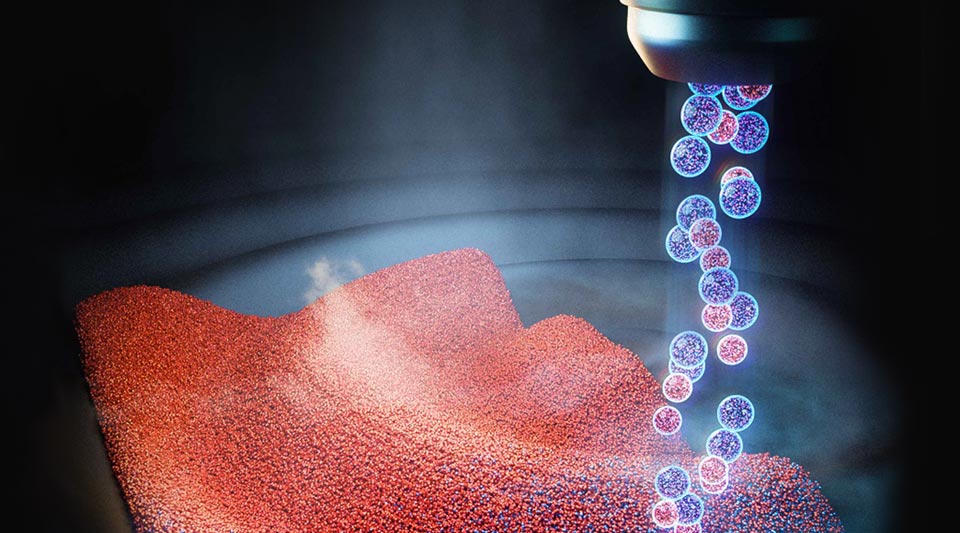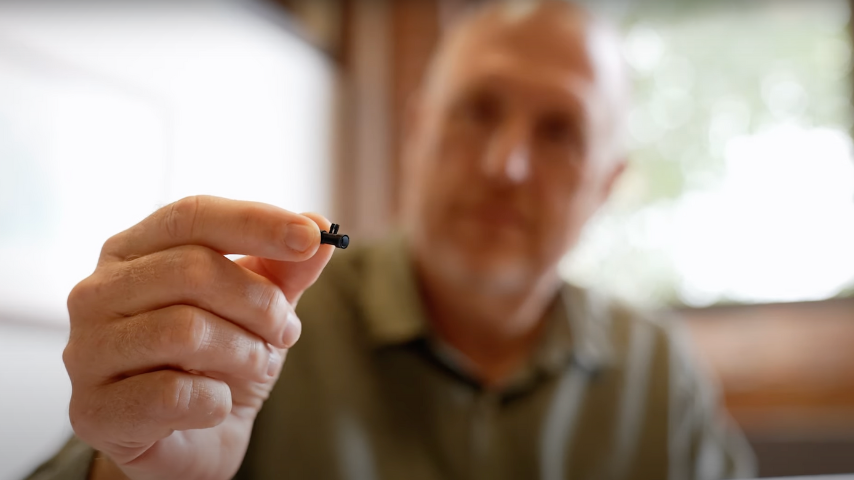ASME Hosts Congressional Briefing Highlighting Modeling and Simulation Advances in the Healthcare Industry
ASME Hosts Congressional Briefing Highlighting Modeling and Simulation Advances in the Healthcare Industry
On February 27, ASME sponsored a briefing on Capitol Hill in partnership with the House Manufacturing Caucus and the Congressional Modeling and Simulation Caucus. The briefing, entitled Advancing Healthcare through Modeling and Simulation, brought together experts in the medical and manufacturing fields to discuss the ways that these essential technologies are being used every day. The purpose of the briefing was to educate members of Congress and congressional staff on the benefits and advances of incorporating modeling and simulation into the development of new medical devices and healthcare treatments.
Dipankar Choudhury, Vice President of Research at Ansys Inc., kicked off the event by speaking about the impact and potential of computer-aided modeling and simulation in health care. One of the biggest benefits he mentioned about computer-aided modeling and simulation is that it provides and improves safety with no human harm. He also emphasized how important it is for modeling and simulation to happen during product design. This allows for the understanding and optimization of performance as well as eliminating late-stage integration failures. Modeling and simulation are already successfully being used throughout the healthcare field in hospitals, clinical teams, patients, and medical devices. Dipankar stated that the potential for these technologies is enormous and we are only at the threshold of what may be a revolution in the healthcare industry.
David Hoganson, Assistant in Cardiac Surgery at Boston Children’s Hospital and Instructor of Surgery at Harvard Medical School, presented next. Hoganson discussed the advances made in creating patient-specific modeling and simulations, which allow doctors to virtually perform surgeries on their specific patients, run simulations to determine the most efficient surgical options, and reference models during surgery. These are not hypothetical examples; Hoganson referenced real patients who have benefited from these simulations. He noted that these simulations help avoid reoperations and streamline the patient’s recovery because they allow doctors to do “the right operation the first time.”
The next panelist was Tina Morrison, Deputy Director of the Center for Devices and Radiological Health at the U.S. Food and Drug Administration. Morrison elaborated on Hoganson’s point about these technologies making operations safer for patients. Modeling and simulation have advanced to the point where not only can a virtual device or virtual patient be created, but also a virtual device in a virtual patient, further eliminating unnecessary risk. These simulations can be used to run studies on virtual patients that would otherwise require exposing real patients to x-rays in order to collect data. Morrison also touched on some regulatory challenges facing modeling and simulation technology, including the question of how much trust to put into computational models. She ended her presentation on an optimistic note, emphasizing that these technologies are bringing our society closer to truly personalized medicine than we have ever been before.
Mike Hess, Vice President of Engineering and Fellow at Medtronic, presented next. Hess focused mainly on the benefits of modeling and simulation in regard to magnetic resonance imaging (MRI). There are many patients with medical devices who cannot (or should not) get MRIs due to the risk of their medical devices malfunctioning; pacemakers are the most common example. However, Hess noted, MRIs are an important diagnostic tool for a variety of physical issues, and it is not practical to simply close off this option to all patients with pacemakers. By using an MRI simulation, researchers are able to run millions of clinical scan scenarios in order to evaluate—and eventually mitigate—the risk of medical devices malfunctioning due to an MRI scan. Hess ended his presentation by emphasizing that modeling and simulation technologies are vital to continued innovation in medical devices.
The last presenter (via a pre-recorded video) was Jesse Levine, an M.D. candidate at the Stony Brook University School of Medicine. Levine had a personal connection to the topic; she was born with a heart condition that has required her to undergo several procedures that have been made safer through modeling and simulation technology. It was partly due to this personal connection that Levine decided to pursue medicine, and she will be starting her residency training in Pediatric Neurology in Fall 2020.
Both Congressman Bobby Scott (D-VA), co-chair of the Congressional Modeling and Simulation Caucus, and Congressman Tom Reed (R-NY), co-chair of the House Manufacturing Caucus, came to the event and provided remarks.



